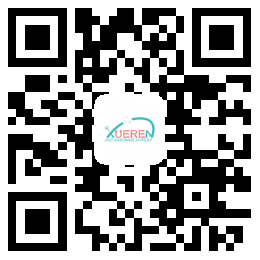- Español
- Português
- русский
- Français
- 日本語
- Deutsch
- tiếng Việt
- Italiano
- Nederlands
- ภาษาไทย
- Polski
- 한국어
- Svenska
- magyar
- Malay
- বাংলা ভাষার
- Dansk
- Suomi
- हिन्दी
- Pilipino
- Türkçe
- Gaeilge
- العربية
- Indonesia
- Norsk
- تمل
- český
- ελληνικά
- український
- Javanese
- فارسی
- தமிழ்
- తెలుగు
- नेपाली
- Burmese
- български
- ລາວ
- Latine
- Қазақша
- Euskal
- Azərbaycan
- Slovenský jazyk
- Македонски
- Lietuvos
- Eesti Keel
- Română
- Slovenski
- मराठी
- Srpski језик
Does RFID tag affect the body?
2021-07-06
If it has no effect on the body, it is equivalent to adding a small built-in plastic paper to your label.
This RFID tag is used by clothing manufacturers and sales stores for inventory of goods. It is a passive (non-charged) high-frequency tag. The tag is sewn inside the clothing. Generally, it is not easy for customers to find it, and it is anti-counterfeiting and anti-channeling. The role of goods.
For autumn and winter clothing, the general washing label or woven label placed inside the clothes will not be easily found and will not affect the quality of the clothes.
RFID radio frequency identification is a non-contact automatic identification technology, which automatically recognizes the target object and obtains related data through radio frequency signals. The identification work does not require manual intervention and can work in various harsh environments.
RFID technology can identify high-speed moving objects and can identify multiple electronic tags at the same time, the operation is quick and convenient, and it is frequently used in supermarkets.
Tag: Composed of coupling elements and chips, each RFID tag has a unique electronic code, attached to the object to identify the target object, commonly known as electronic tag or smart tag
RFID electronic tags: active tags, passive tags, semi-active and semi-passive tags.
RFID working principle: After the tag enters the magnetic field, it receives the radio frequency signal from the reader, and uses the energy obtained by the induced current to send out the product information stored in the chip (Passive Tag, passive tag or passive tag),
Or actively send a signal of a certain frequency (Active Tag, active tag or active tag); after the reader reads and decodes the information, it is sent to the central information system for relevant data processing.
This RFID tag is used by clothing manufacturers and sales stores for inventory of goods. It is a passive (non-charged) high-frequency tag. The tag is sewn inside the clothing. Generally, it is not easy for customers to find it, and it is anti-counterfeiting and anti-channeling. The role of goods.
For autumn and winter clothing, the general washing label or woven label placed inside the clothes will not be easily found and will not affect the quality of the clothes.
RFID radio frequency identification is a non-contact automatic identification technology, which automatically recognizes the target object and obtains related data through radio frequency signals. The identification work does not require manual intervention and can work in various harsh environments.
RFID technology can identify high-speed moving objects and can identify multiple electronic tags at the same time, the operation is quick and convenient, and it is frequently used in supermarkets.
Tag: Composed of coupling elements and chips, each RFID tag has a unique electronic code, attached to the object to identify the target object, commonly known as electronic tag or smart tag
RFID electronic tags: active tags, passive tags, semi-active and semi-passive tags.
RFID working principle: After the tag enters the magnetic field, it receives the radio frequency signal from the reader, and uses the energy obtained by the induced current to send out the product information stored in the chip (Passive Tag, passive tag or passive tag),
Or actively send a signal of a certain frequency (Active Tag, active tag or active tag); after the reader reads and decodes the information, it is sent to the central information system for relevant data processing.




